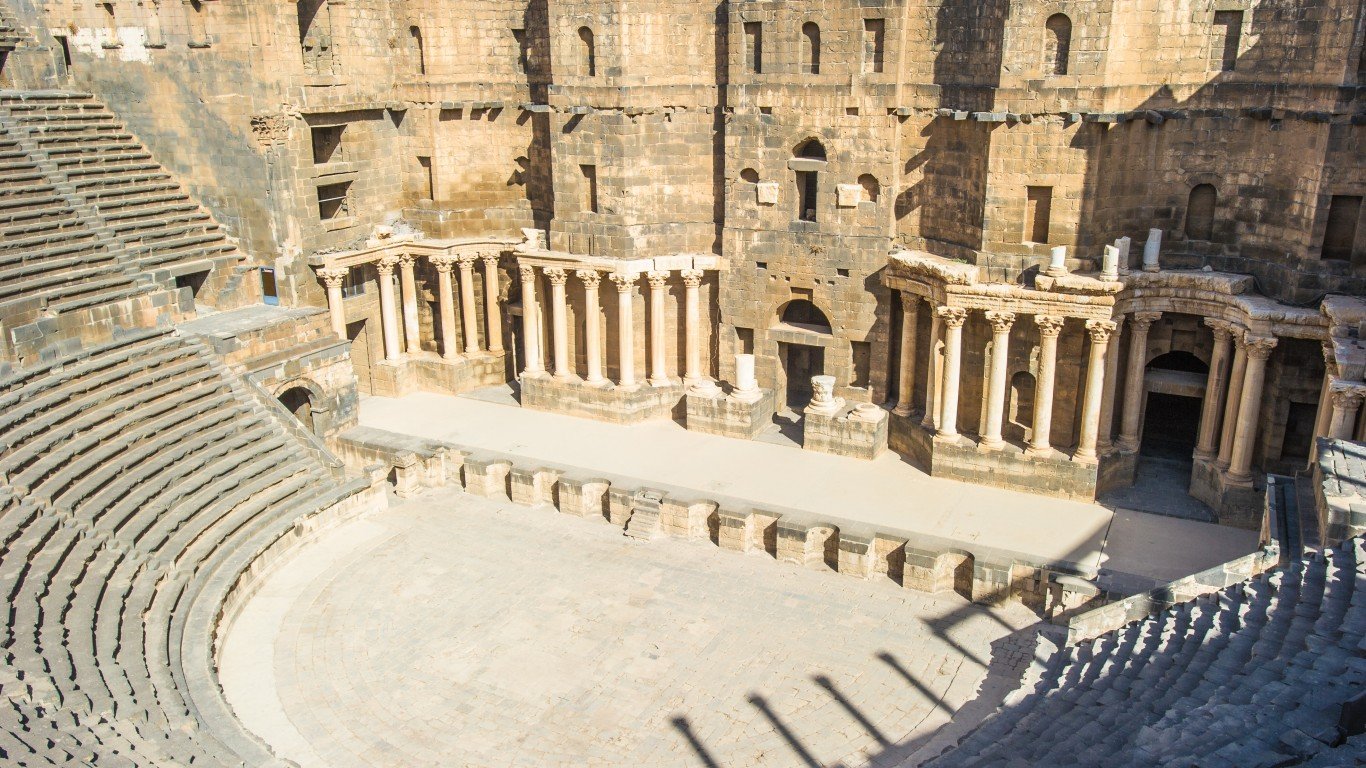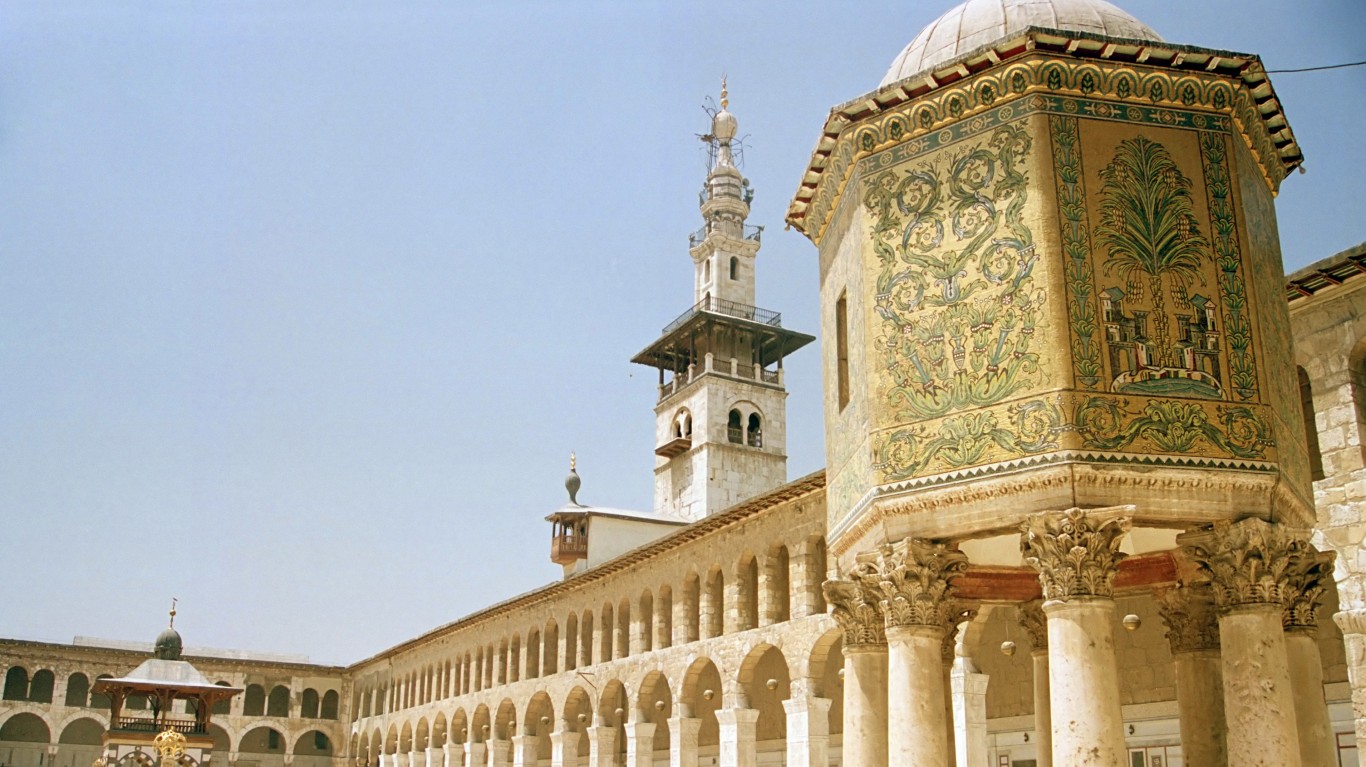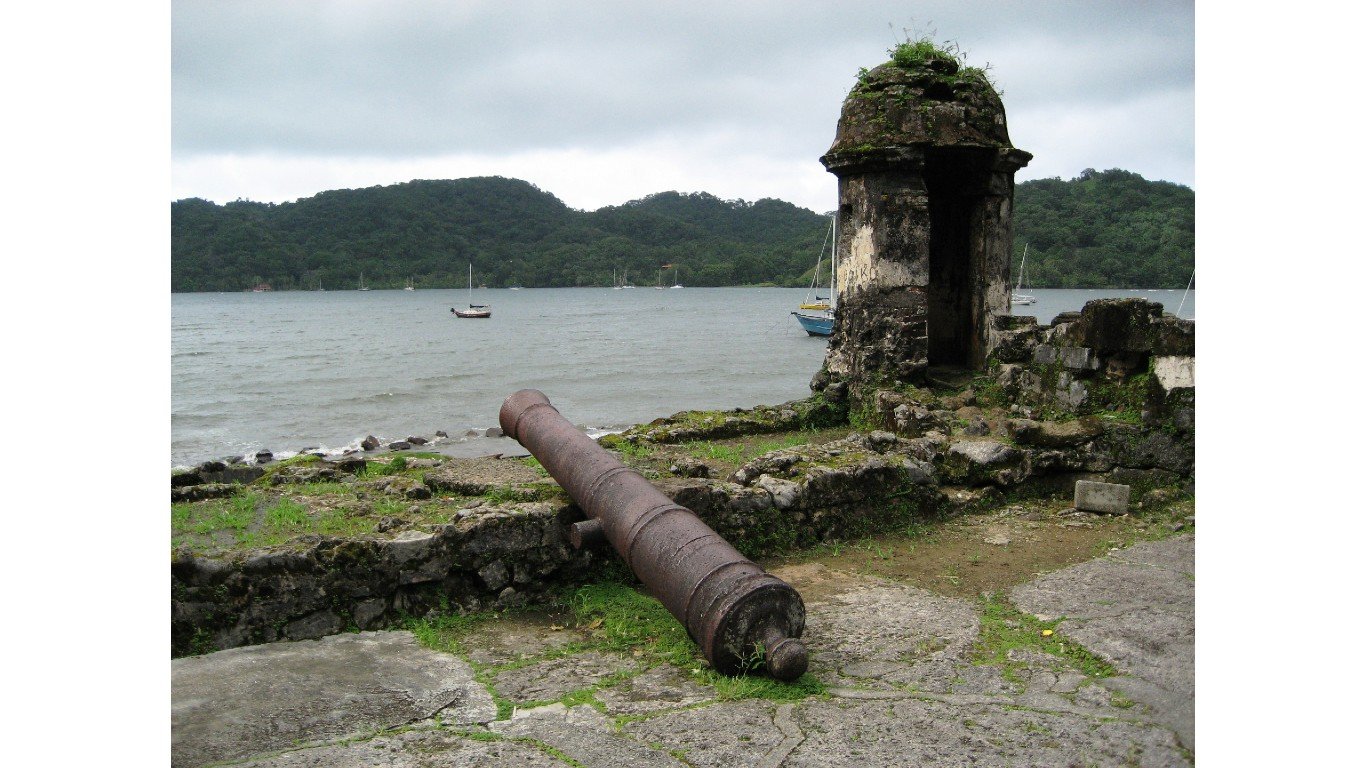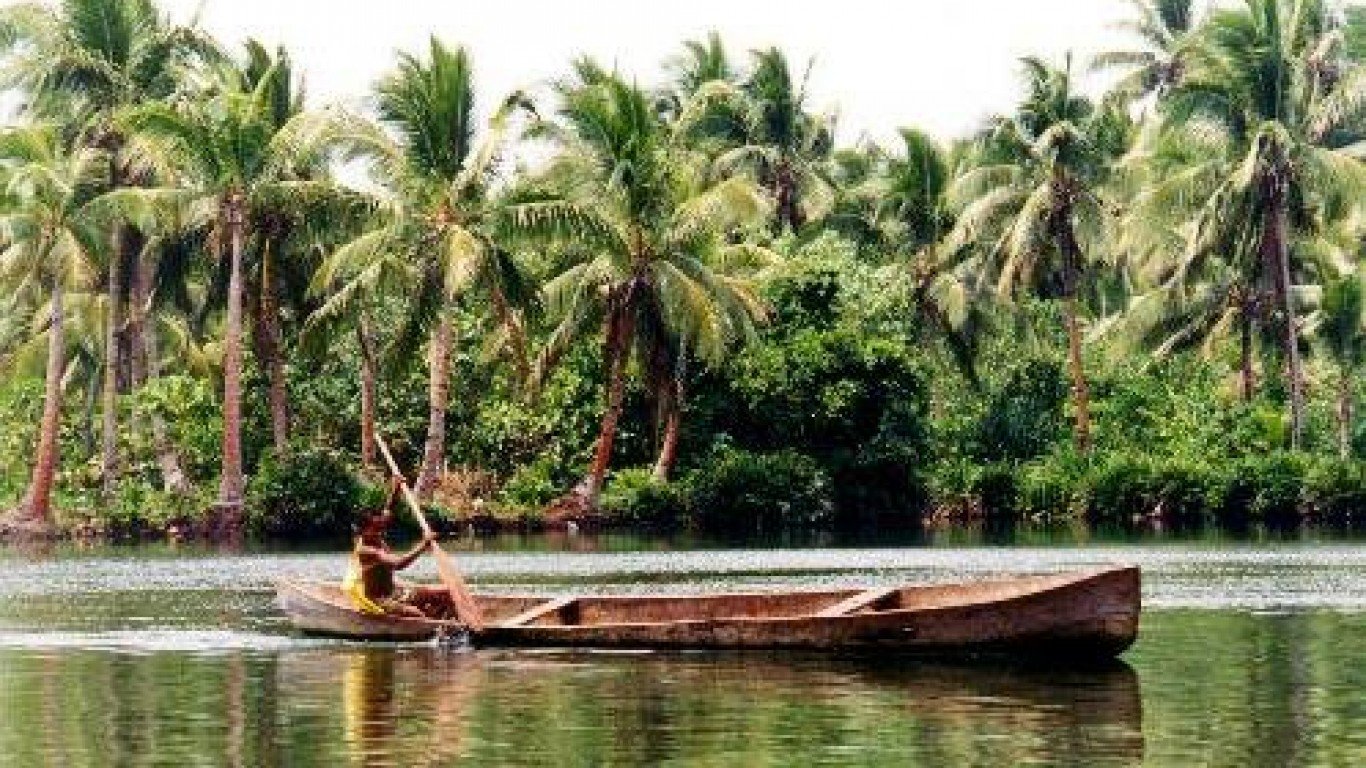Fortifications on the Caribbean Side of Panama: Portobelo-San Lorenzo (2012)
> Location: Panama
Vestiges of the Spanish Empire in the Western Hemisphere can be seen in the Fortifications on the Caribbean Side of Panama: Portobelo-San Lorenzo, built in the 17th and 18th centuries. The defense works were built to protect Spain’s transatlantic trade. Various environmental factors and unchecked urban expansion are the modern threats to the old fortifications.
East Rennell (2013)
> Location: Solomon Islands
East Rennell is the bottom third of Rennell Island, the southernmost of the Solomon Islands. Rennell features dense forests and is the largest raised coral atoll in the world. On the island is Lake Tegano, the biggest insular lake in the Pacific, teeming with species endemic to the lake and containing smaller islands composed of limestone. Rising water levels and increased salinity in Lake Tegano because of climate change are impacting the environment, reducing the growth of taro and coconut, which help sustain the local populace.
Ancient City of Aleppo (2013)
> Location: Syrian Arab Republic
Beginning in the second millennium B.C., Aleppo was an important city along trade routes in the Middle East. Among the civilizations holding sway over the city were the Hittites, Assyrians, Arabs, Mongols, and Ottomans. Among its features are the citadel, Great Mosque, and madrasas. The Ancient City of Aleppo is one of six Syrian sites added to the List of World Heritage in Danger in 2013.
Syria has been embroiled in an armed conflict since 2011, with the Islamic State destroying many heritage sites. UNESCO assessed the damage in 2018, showing that more than 10% of the historic buildings have been destroyed and more than half severely to moderately damaged.

Ancient City of Bosra (2013)
> Location: Syrian Arab Republic
Bosra was the capital of Arabia in Roman times and was a key point along the trade route to Mecca. It is known for a second century Roman theater, an early Christian cathedral, and mosques. It is believed that the prophet Mohammed visited there twice. The old section of Bosra is being depopulated and turned into an open-air museum. UNESCO is concerned that there is no management plan overseeing the site and there is a lack of skilled labor to maintain it.

Ancient City of Damascus (2013)
> Location: Syrian Arab Republic
Founded about 5,000 years ago, Damascus is one of the oldest cities in the world. Among its more notable monuments is the Great Mosque of the Umayyads from the eighth century — one of the largest in the world. It was a center of trades and crafts during Medieval times. Lack of conservation planning and ongoing erosion threaten the sites’s integrity.



 24/7 Tempo
24/7 Tempo





